Tourism
Tourism is an important part of the Darwin economy and Lee Point should remain part of this. Read FLP Opinion piece
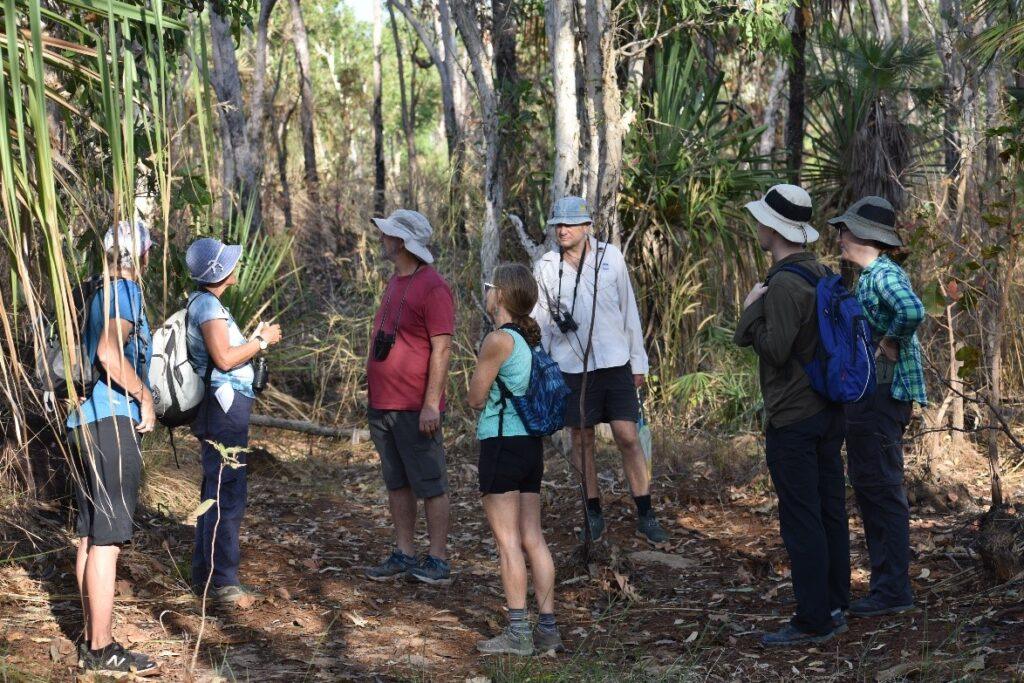
Tourism Top End was contacted about the Lee Point development and advised us they had not been consulted on the Lee Point development. FLP are aware of three long-term Darwin tourism operators (there are probably more) that are strongly opposed to this development Only one of the operators knew about the Lee Point development prior to 2020.
Vanderlin Drive and Lee Point Road intersection – new traffic lights?
Community consultations (Stage 2) closed 20 December on the preferred option – traffic lights with no roundabout, to address the peak hour queuing times, see below;

Traffic volumes will substantially increase if the planned Lee Point housing development (Darwin’s new urban sprawl) proceeds. Having a comprehensive Area Plan for the whole of Lee Point, as requested by City of Darwin, would be beneficial in predicting traffic flows and coming up with the best long-term solution. Government planning study at: Read more
Nightcliff Markets and community consultation
FLP spoke to hundreds of people at the markets and found most did not know about the Lee Point development. Of the people that knew, the vast majority were opposed to it and felt that the community consultation was inadequate. Community consultation for the Lee Point Area Plan was carried out 4 weeks prior to Xmas 2014 without a discussion paper.
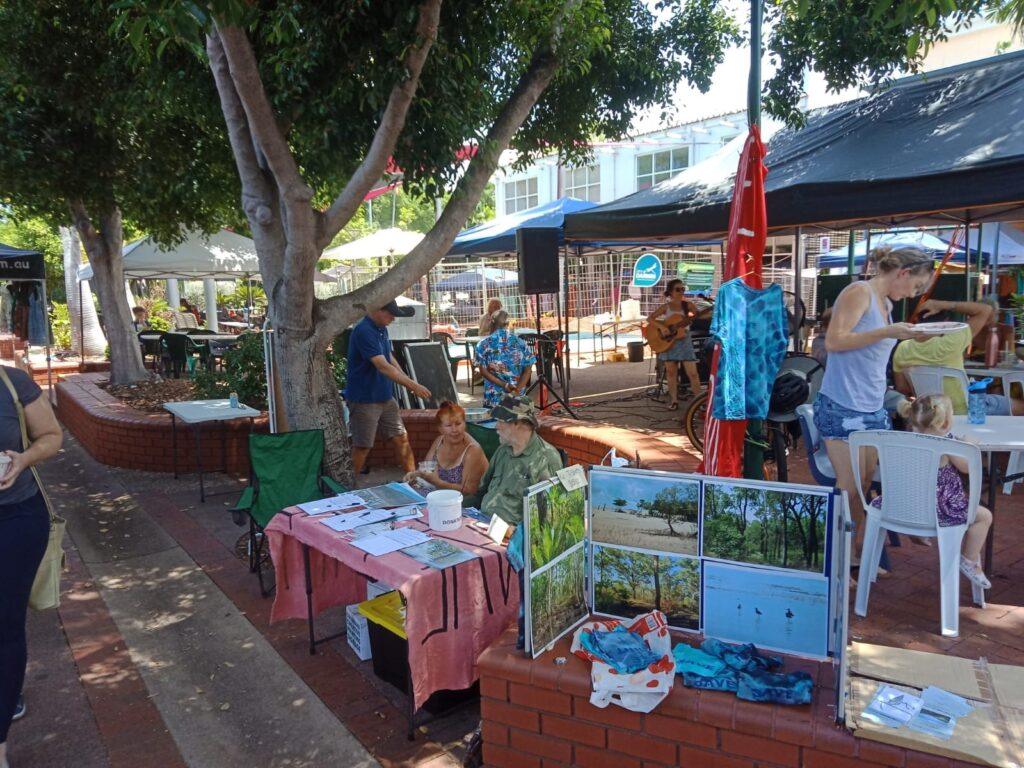
City of Darwin has asked the Planning Minister (Eva Lawler) to place a moratoriam on the works at Lee Point and engage the NT Planning Commission for a comprehensive Area Plan.
Lee Point Trivia
Q1. Darwin Woollybutt and Stringybark (eucalypt) trees dominate the open woodland forests in the top end and at Lee Point. Their age can be estimated by their trunk diameter. How old is a tree with a 300mm trunk diameter (at chest height)? Answers at the end.
A. 20-30 years B. 25-50 years C. 50-100 years D. 100-200 years
Fungi at Lee Point
This is a good time of year to see fungi. The belowground ecosystem—soil, roots, fungi, and microorganisms—is equally important as the trees above ground.
Fungi differs from plants in that they do not produce their own food or photosythesize. They take nutition from decaying plant and animal matter and produce a fruiting body (with spores). The fruiting body of some fungi growing at Lee Point is shown below.
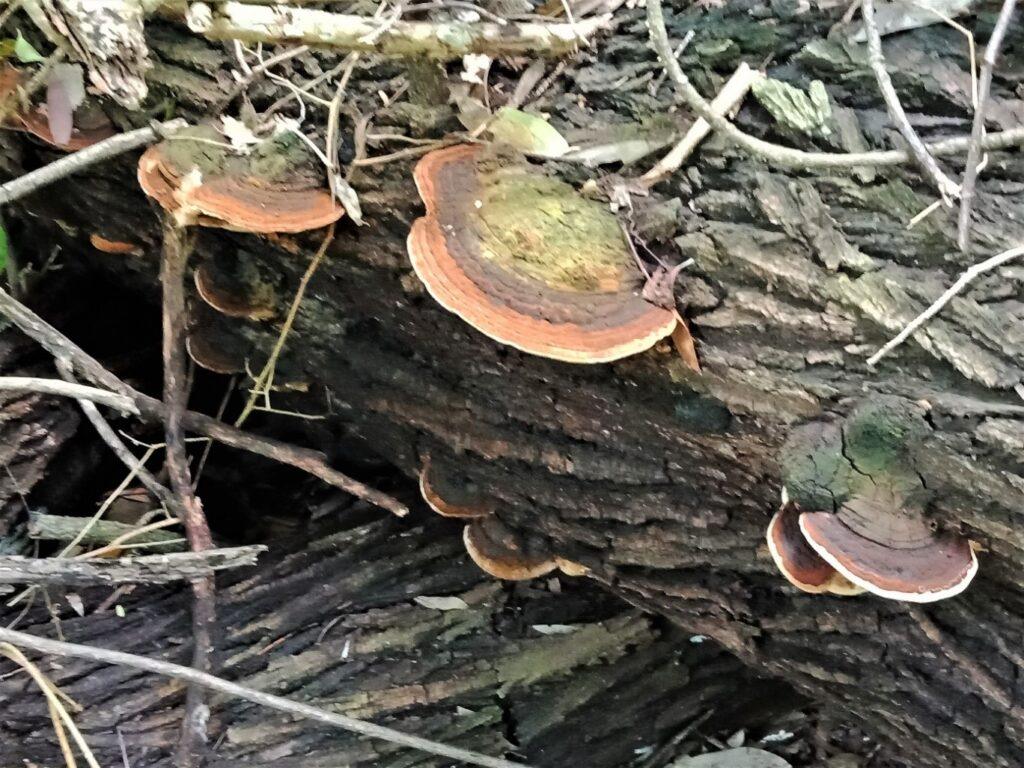
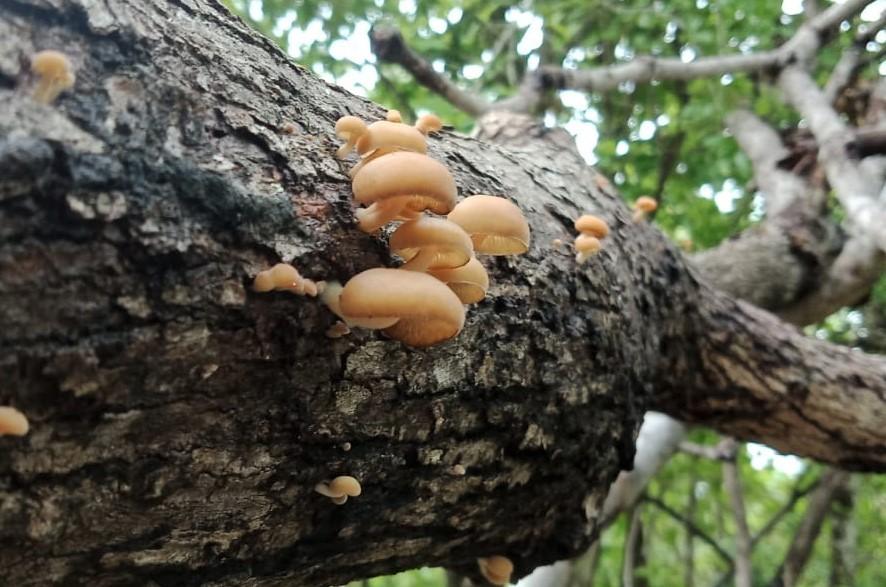
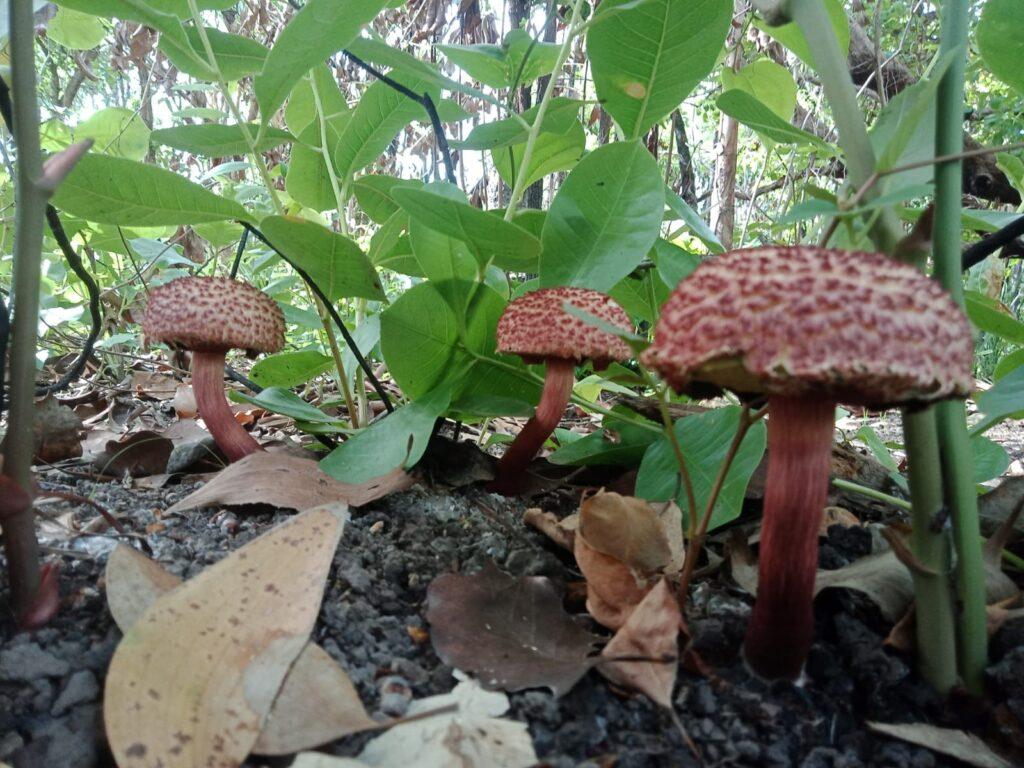
Without fungi recycling matter the forest would pile up with layer upon layer of leaves and other dead matter. Fungi also forms beneficial relationship with trees, sometimes over large areas that helps the forest grow – this has been nicknamed the Wood Wide Web
References: Wikipedia and https://thenaturalfarmer.org/article/introduction-to-fungi/
World’s largest living organism
The title goes to a fungi in the US, called a honey mushroom. It covers 9.6 square kilometers (two Lee Points), weights up to 32,000 tonnes and is 2,400 years old but may be much older; Read more
Until next time, enjoy the wet season at Lee Point
Answer Q1 – D. 100-200 years. There are many eucalypt trees at Lee Point with trunk diameters over 300mm and some over 500mm. Old trees are important, find out why: Read more
